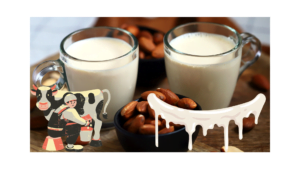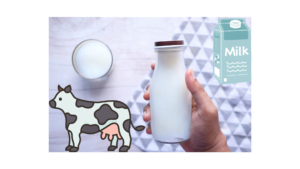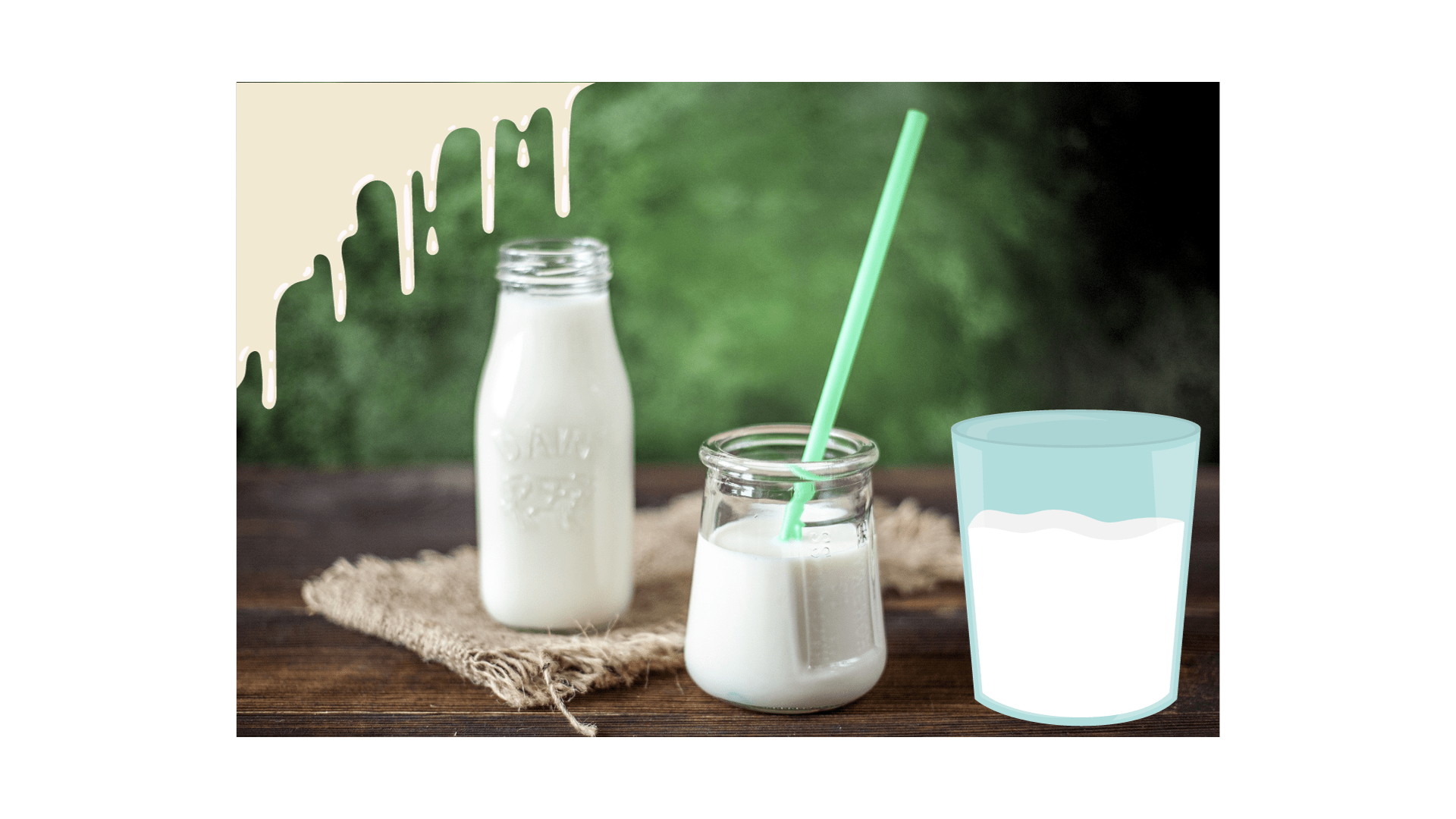Title: Unveiling the goodness of Fairlife Milk: a nutrient-rich elixir
In the field of dairy alternatives, Fairlife milk has emerged as a nutritional powerhouse, captivating the taste buds of health-conscious consumers. This innovative milk product boasts a unique filtration process, providing many benefits beyond the traditional dairy aisle. Body: Ultrafiltration Technology: Fairlife Milk sets itself apart with its state-of-the-art ultrafiltration process. This method removes impurities while concentrating the protein and calcium content, resulting in a product that provides more nutrition than traditional milk. The result is a smooth, creamy texture that enhances the overall drinking experience.



High Protein Content: One of the distinguishing features of Fairlife milk is its impressive protein content. With 50% more protein and 30% more calcium than regular milk, it becomes an excellent choice for those who want to increase their protein intake without compromising on taste. Protein is essential for muscle development, making Fairlife a favorite choice among fitness enthusiasts.
- Low Sugar Content: Health-conscious consumers will appreciate Fairlife’s commitment to keeping sugar under control. Compared to traditional milk, Fairlife has lower sugar content while maintaining the delicious, sweet taste. This makes it a favorable choice for people who are conscious of their sugar intake, including those managing conditions like diabetes.
Lactose-Free Options: Fairlife offers a lactose-free version, which caters to lactose intolerant individuals. This not only expands its consumer base, but also ensures that people with dietary restrictions can still enjoy the rich taste and nutritional benefits of milk. Continuous Practice: Beyond its nutritional profile, Fairlife is committed to sustainability. The company adopts environmentally conscious practices in its production processes, from responsible sourcing of milk to reduced water usage. Choosing Fairlife is not only a choice for personal health but also a step towards supporting eco-friendly initiatives.
Versatility in Cooking Applications:
The versatility of Fairlife Milk extends beyond being a beverage. Its unique composition makes it an excellent addition to a variety of culinary creations, from creamy sauces to delicious desserts. Its stability under heat and ability to foam make it a favorite among home cooks and professional chefs alike. conclusion: In a world where health-conscious choices are paramount, Fairlife Milk stands out as a commendable option. Its superior nutritional profile, commitment to sustainability, and versatility in culinary applications make it a delightful addition to the diets of individuals seeking a nutritious and delicious dairy alternative. Embrace the goodness of Fairlife and take your milk drinking experience to a whole new level.
here is some video tutorial.
how Much Does a Gallon of Milk Weigh?”.
In the realm of daily essentials, few items are as universally accepted as a gallon of milk. Whether you’re a cereal fanatic, a coffee lover, or just enjoy a refreshing glass, understanding the importance of this fluid is a fascinating discovery in the world of dairy. Standard Gallon: In the United States a gallon of milk follows the traditional measurement of four quarts or 128 fluid ounces. However, the weight varies depending on the type of milk. Whole milk, with its full fat content, is slightly heavier than skimmed or 2% milk due to the presence of additional components. Weight of whole milk: One gallon of whole milk weighs about 8.6 pounds (3.9 kg). This calculation includes the density of the liquid and the underlying fat content that contribute to the overall mass.
Skimmed and 2% Milk: As we move toward lighter options, the weight of a gallon of skim milk or 2% milk reduces. Skim milk with minimal fat content weighs about 8.4 pounds (3.8 kg). 2% milk, which strikes a balance between flavor and low fat, falls in the same weight range. Factors affecting weight: While the basic formula of a gallon equals 128 fluid ounces, variations in density, fat content, and even temperature can cause slight variations in weight. Additionally, the packaging material makes a minor contribution to the overall mass.
Practical implications: Understanding the weight of a gallon of milk has practical implications beyond mere curiosity. Buyers, especially in areas where products are priced based on weight, can make informed decisions when selecting and purchasing milk.
Additionally, transportation and logistics play a role in understanding milk weight. From the dairy farm to your local grocery store, each step involves careful consideration of material weight to ensure efficient operations and distribution.
conclusion: A gallon of milk is more than just a container of liquid; It is a staple in homes around the world. Knowing the weight of this nutritious drink adds a layer of awareness to our daily consumption habits. As we pour a glass of milk, let’s appreciate the science behind its weight and its journey from the dairy farm to our tables.
how to make milk tea?
Milk tea, a favorite beverage enjoyed across the world, is not just a casual drink; It’s a ritual, a pause in the day that brings warmth and satisfaction. While the basic ingredients are simple – tea, milk and sugar – the art of making the perfect cup of milk tea lies in the details. In this article, we’ll explore the steps to creating an enjoyable and customizable wine to suit your tastes. Material: Black tea leaves or tea bags: Choose strong black tea for a strong base. Assam, Ceylon, or English breakfast tea works well. Water: Fresh, filtered water is important. Use about 1 cup of water for each serving. Milk: The type of milk can be personalized as per your preference. Whole milk, almond milk, or even condensed milk can add unique flavor and texture. Sugar: Adjust sweetness to your liking. White or brown sugar, honey, or other sweeteners may be used. Spices (optional): Experiment with spices like cardamom, cinnamon, or ginger for added flavor.
step: Boil Water: Boil water quickly. If using tea leaves, measure out approximately one teaspoon per cup.
Make tea: Add tea leaves or tea bags to boiling water. Leave it for 3-5 minutes for a stronger taste. Adjust the soaking time depending on your taste preference.
Add Milk: While the tea is brewing, heat milk in a separate vessel. Keep the ratio of water to milk at 1:1 or 2:1 depending on how creamy you want your tea. Mix tea and milk: Strain the prepared tea into a cup. Slowly pour the hot milk over the tea, stirring gently to combine the two components.
Sweeten as per taste: Add sugar or sweetener as per your choice.
Optional spices: If you want a spicy flavor, add a pinch of your chosen spice during the cooking process or sprinkle it on top before serving. serve hot: Enjoy your homemade milk tea while it is still hot. Pair it with your favorite snacks for a delightful tea experience. conclusion: Creating the perfect cup of milk tea is a delightful journey of exploration and personalization. With a few simple steps and some creativity, you can create a comforting drink that suits your unique taste preferences. So, go ahead, experiment and enjoy the warmth of a well-brewed cup.


Informative